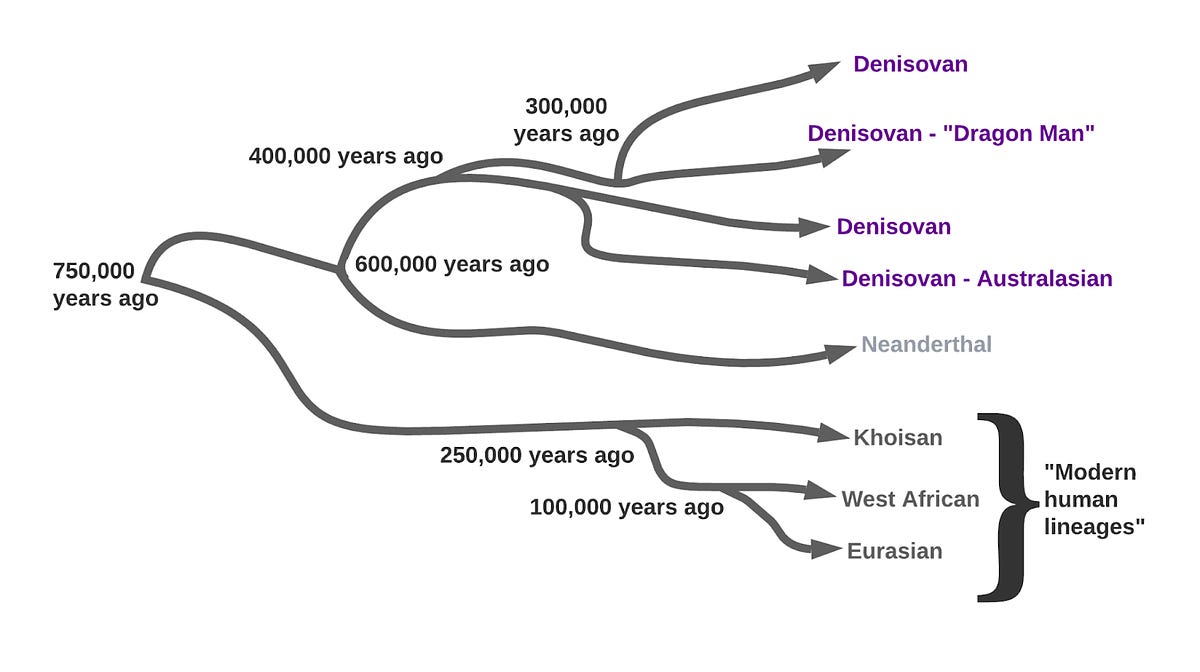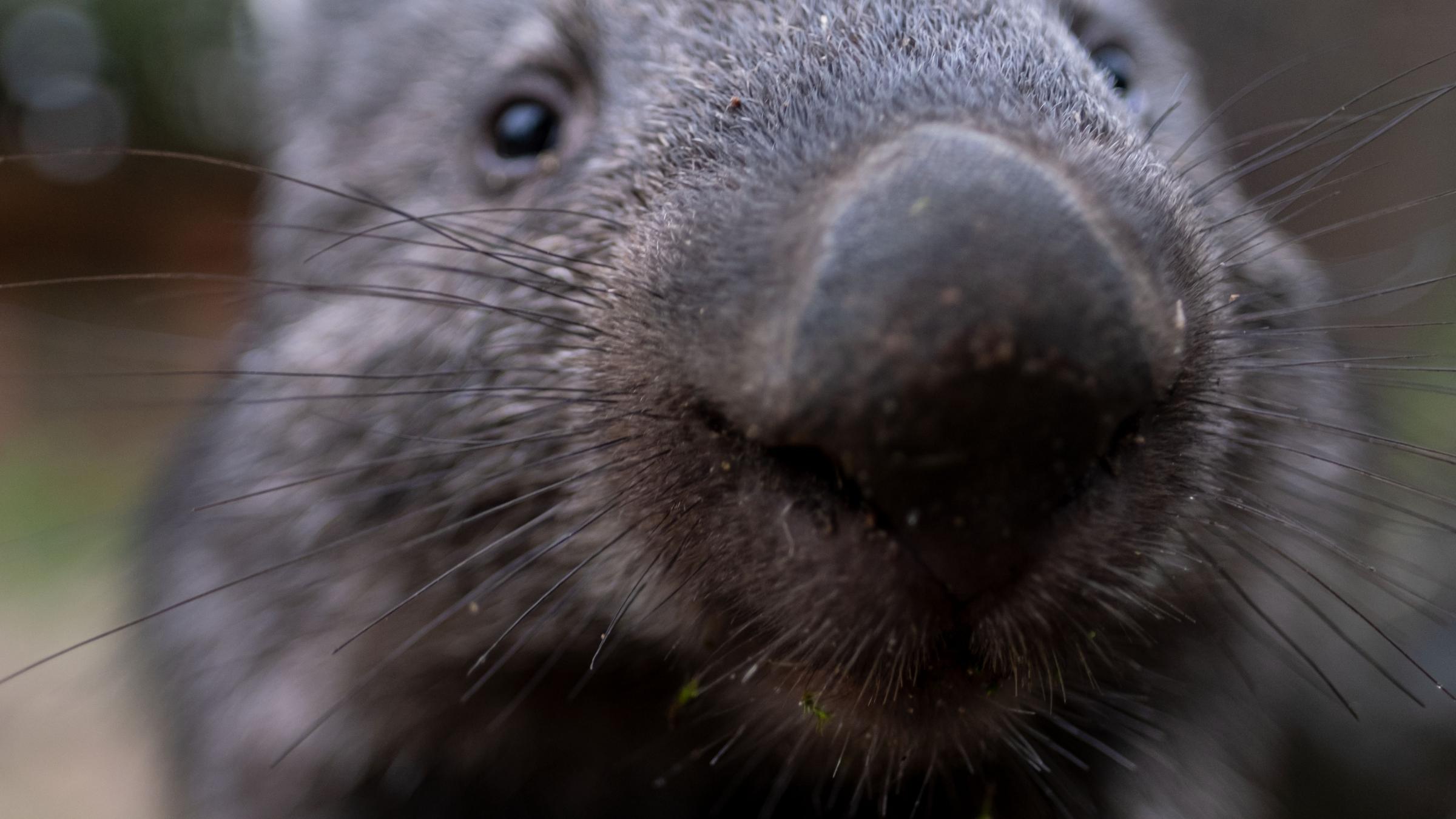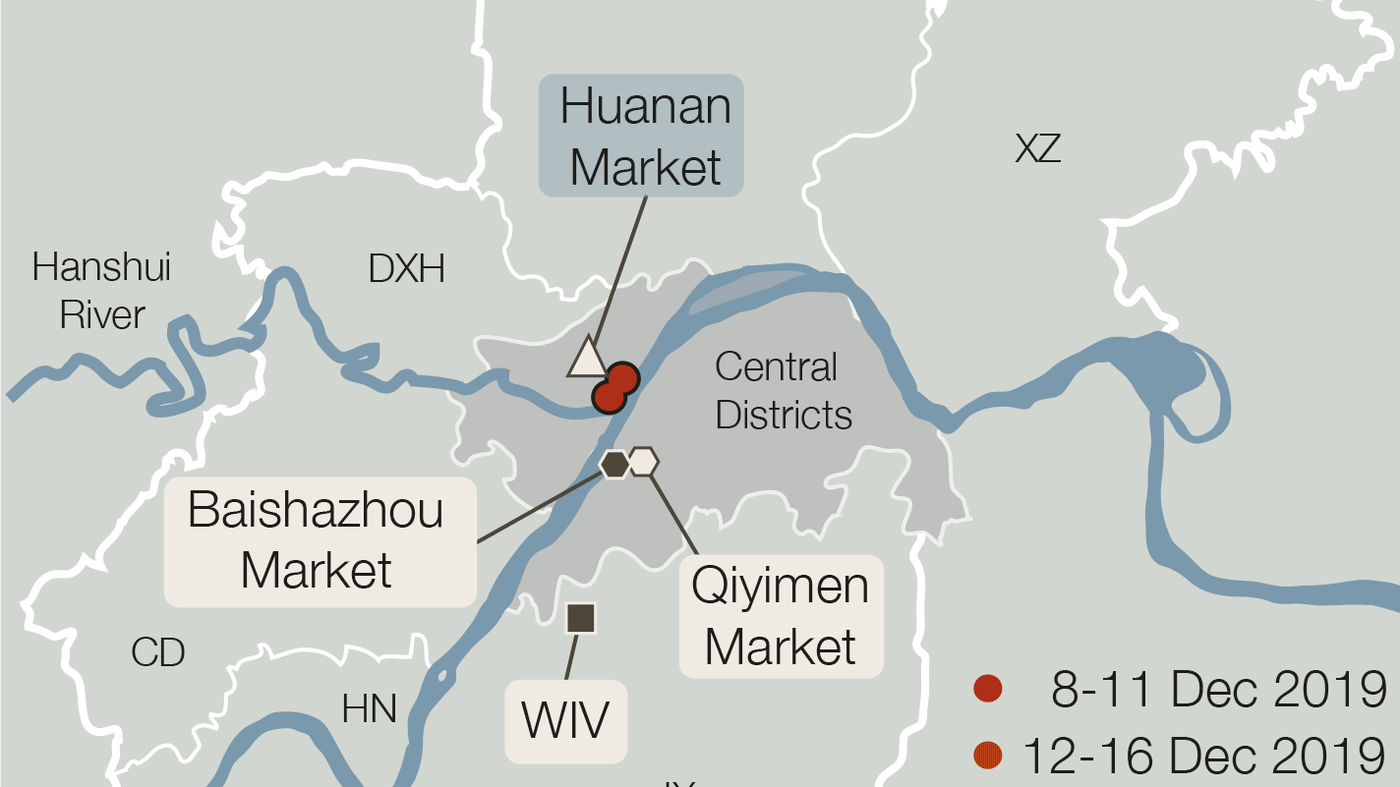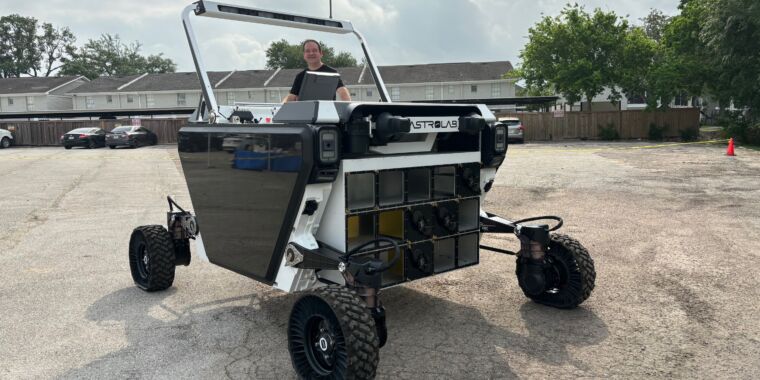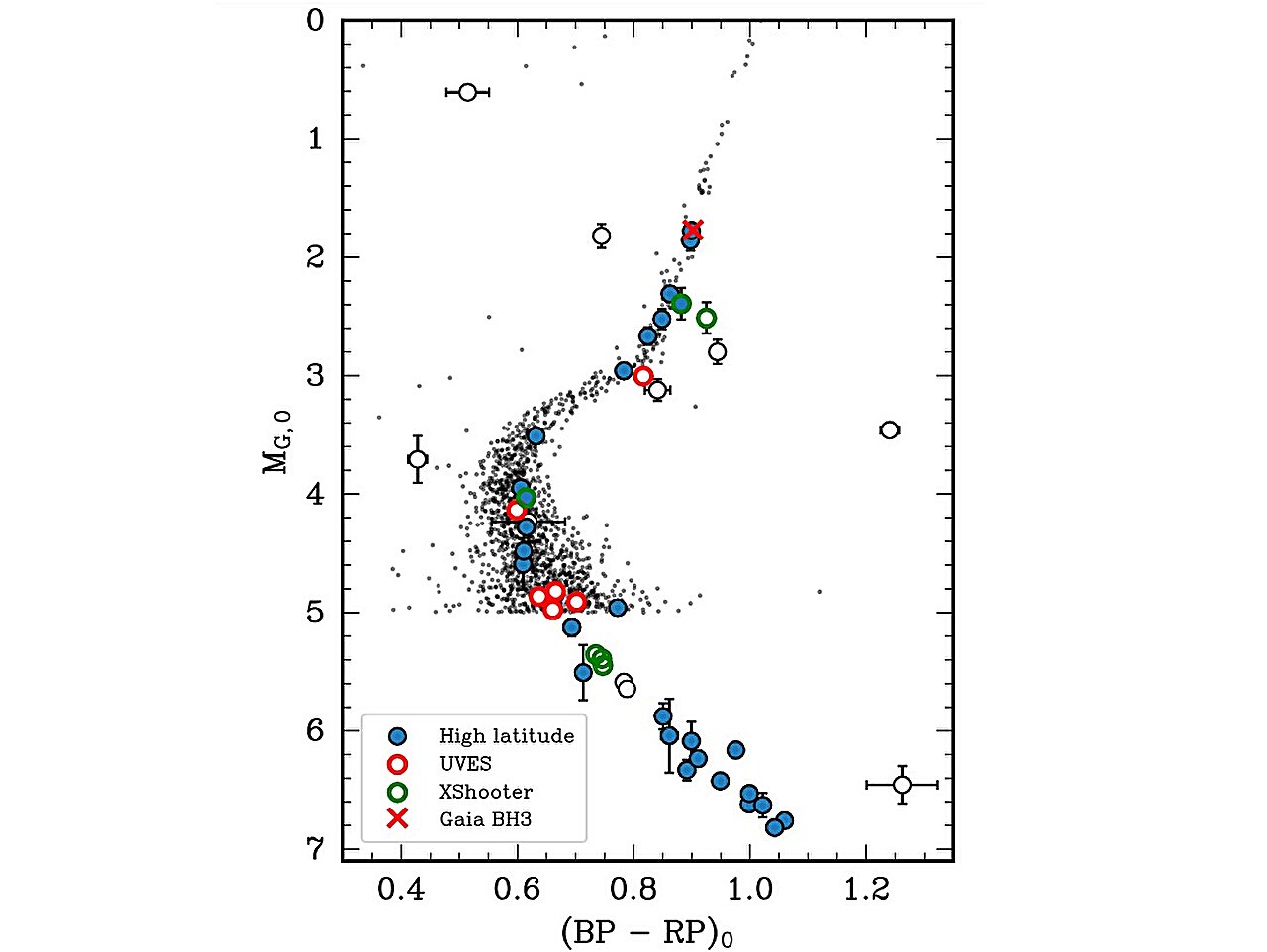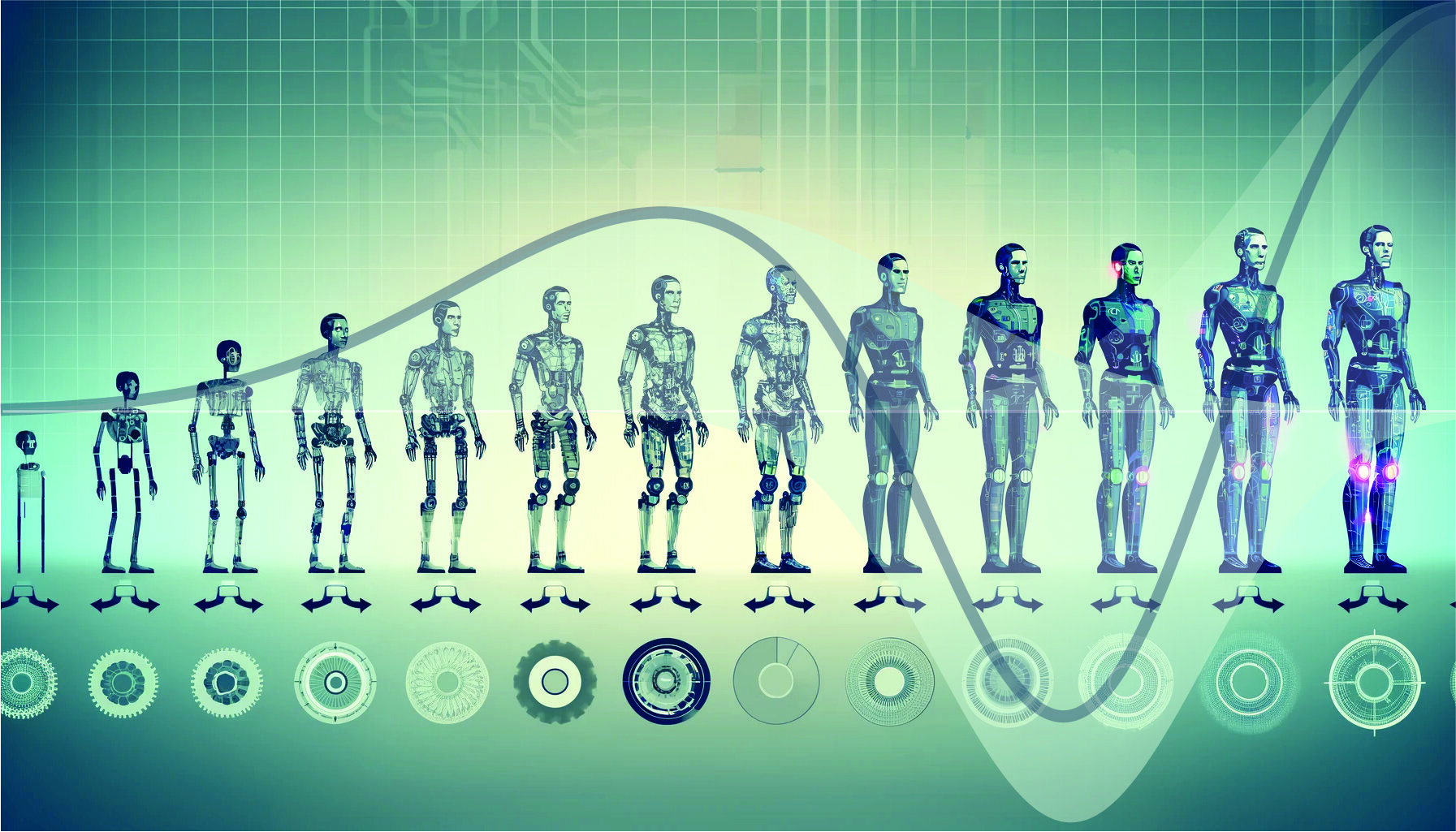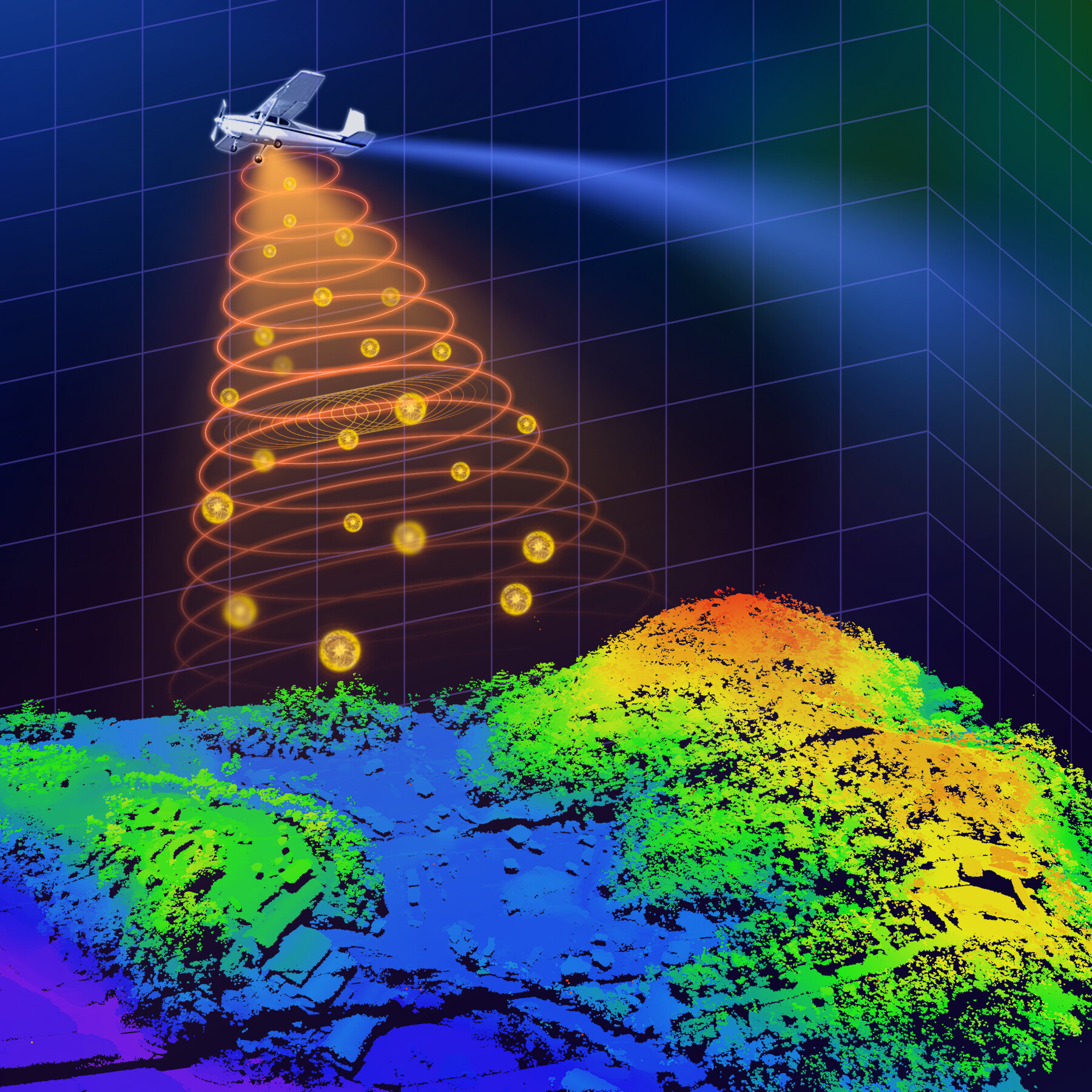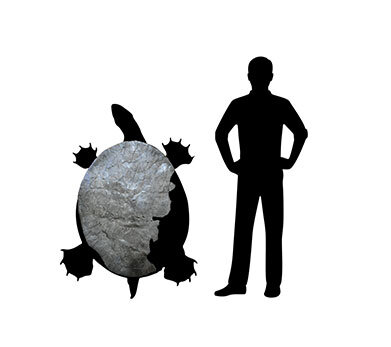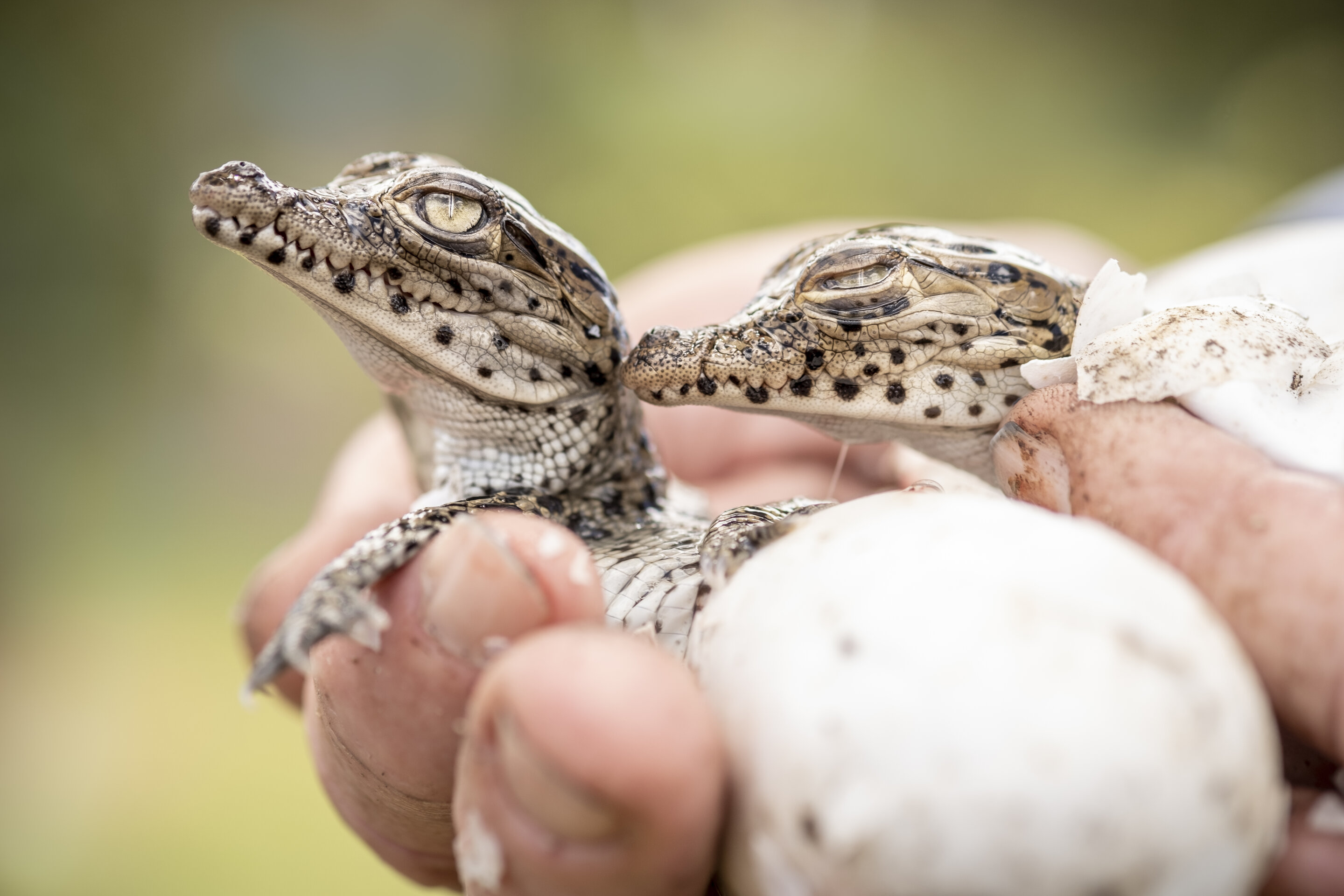
Stunning ‘Dragon Man’ skull may be an elusive Denisovan—or a new species of human
Almost 90 years ago, Japanese soldiers occupying northern China forced a Chinese man to help build a bridge across the Songhua River in Harbin. While his supervisors weren’t looking, he found a treasure: a remarkably complete human skull buried in the riverbank. He wrapped up the heavy cranium and hid it in a well to prevent his Japanese supervisors from finding it. Today, the skull is finally coming out of hiding, and it has a new name: Dragon Man, the newest member of the human family, who lived more than 146,000 years ago.
In three papers in the year-old journal The Innovation, paleontologist Qiang Ji of Hebei GEO University and his team call the new species Homo longi. (Long means dragon in Mandarin.) They also claim the new species belongs to the sister group of H. sapiens, and thus, an even closer relative of humans than Neanderthals. Other researchers question that idea of a new species and the team’s analysis of the human family tree. But they suspect the large skull has an equally exciting identity: They think it may be the long-sought skull of a Denisovan, an elusive human ancestor from Asia known chiefly from DNA.
Paleoanthropologist Marta Mirazón Lahr of the University of Cambridge, who was not involved in the work, says she’s “skeptical of the statements about humans’ long-lost sister lineage.” But she and others are thrilled with the find. “It’s a wonderful skull; I think it’s the best skull of a Denisovan that we’ll ever have,” says paleoanthropologist Jean-Jacques Hublin of the Max Planck Institute for Evolutionary Anthropology.

